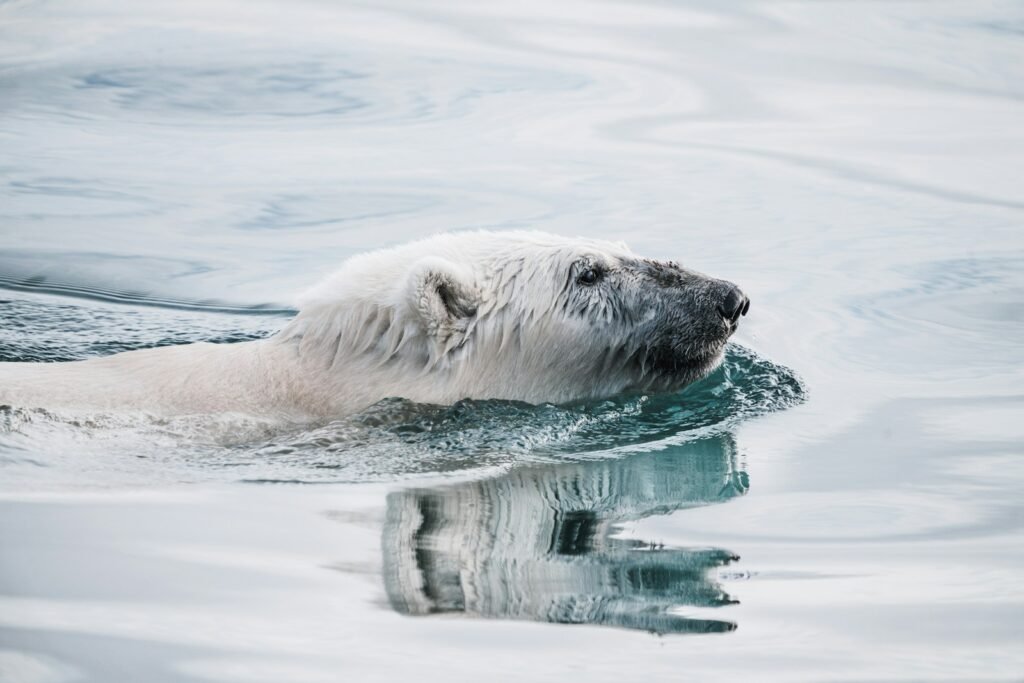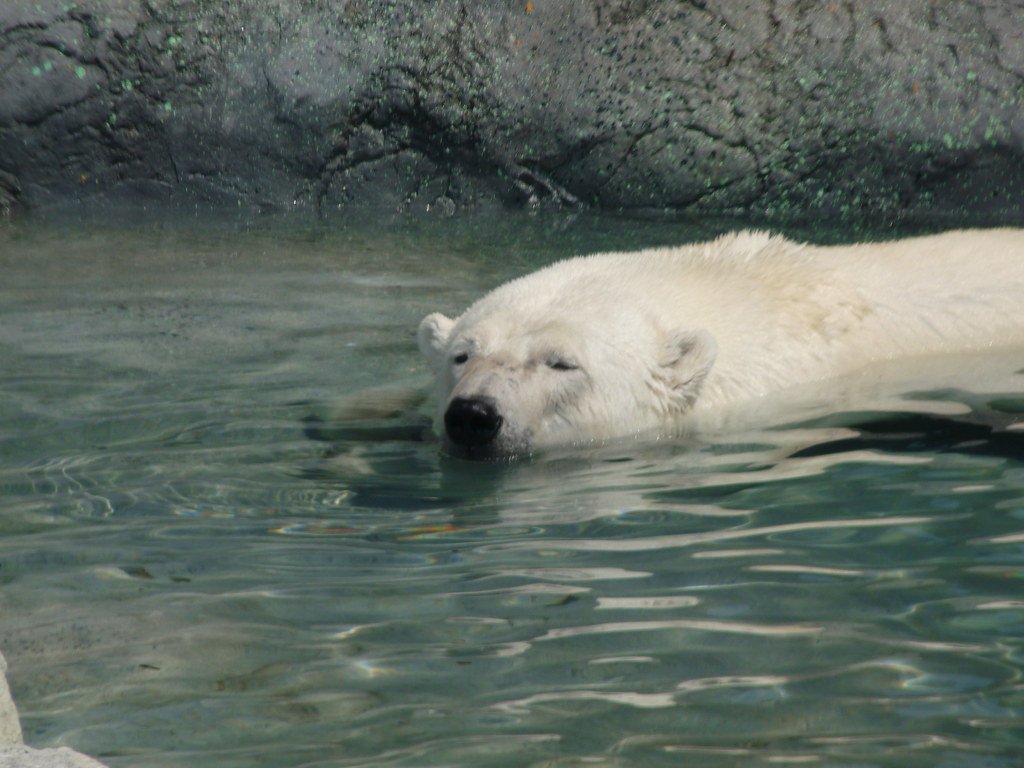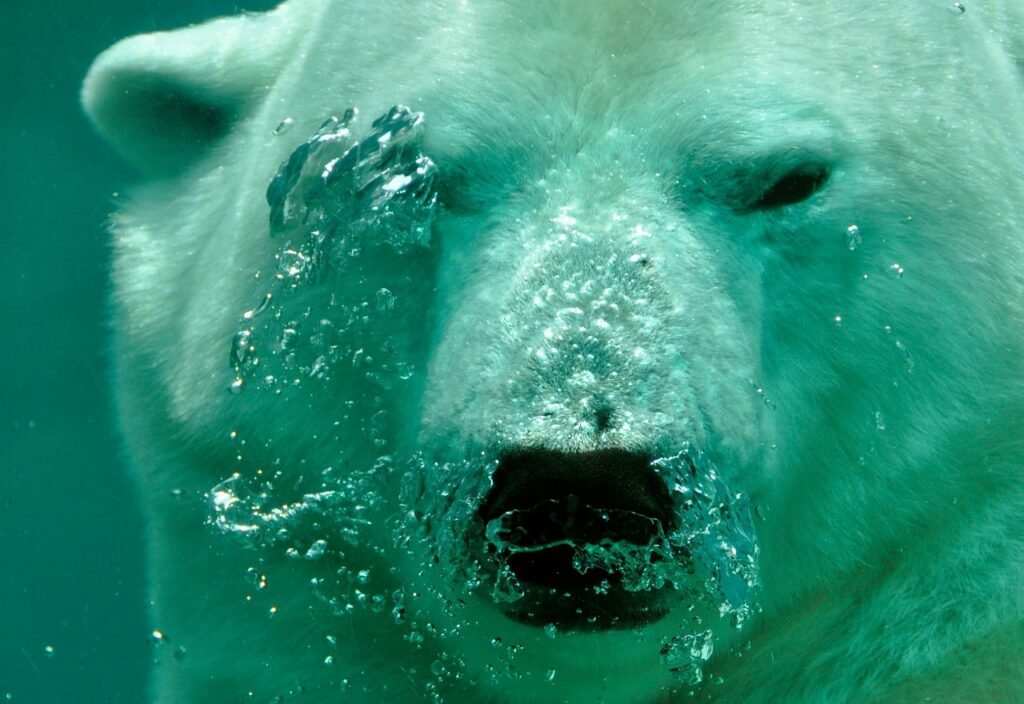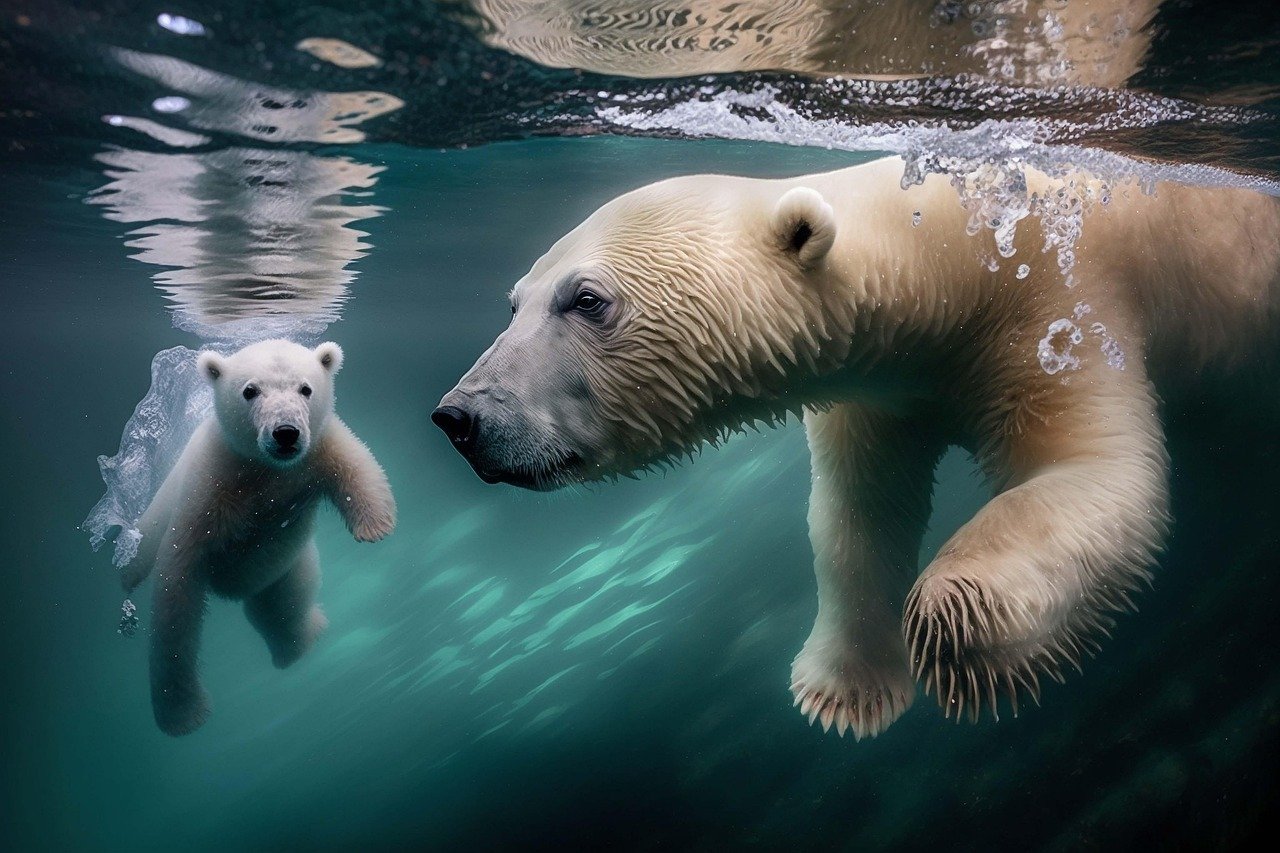Polar bears are masters of endurance, braving freezing temperatures, howling winds, and treacherous sea ice in the Arctic’s extreme climate. But scientists now say part of their secret to survival may lie in something less visible: grease.
New research from Trinity College Dublin reveals that the oily coating on polar bears’ fur—known as sebum—plays a critical role in helping them navigate one of Earth’s most unforgiving environments. This greasy substance prevents ice from clinging to their fur, allowing the bears to move freely after swimming or traversing snowy terrain.
Sebum: Nature’s Anti-Icing Shield

Sebum is a natural oil produced by the skin and is made up of cholesterol, fatty acids, and other waxy compounds. It’s not unique to polar bears—many mammals produce it—but in polar bears, the research shows it may function as an evolutionary adaptation specifically for anti-icing.
“The sebum quickly jumped out as being the key component giving this anti-icing effect, as we discovered the adhesion strength was greatly impacted when the hair was washed,” said Julian Carolan, a PhD candidate at Trinity College Dublin and lead author of the study. “Unwashed, greasy hair made it much harder for ice to stick. In contrast, when the polar bear fur was washed and the grease largely removed it performed similarly to human hair, to which ice sticks easily whether it is washed or greasy.”
In other words, when the fur was cleaned of its natural oils, ice stuck much more easily, likening the process to human hair.
Why It Matters in a Changing Arctic

In the Arctic, where polar bears regularly dive into frigid waters or cross snow-covered terrain, preventing ice buildup is crucial. Ice clinging to their fur could weigh them down, drain body heat, and limit their mobility—all threats in a harsh environment.
According to the National Wildlife Federation, polar bears already rely on other tools—such as a thick fat layer—for insulation. Sebum may be one more key advantage helping them stay agile and warm.
As climate change continues to warm the Arctic and reduce critical sea ice, polar bears face mounting pressure—from longer swims to disappearing hunting grounds. Understanding their natural defenses, like sebum, helps researchers better assess their chances of survival—and identify strategies for conservation.
Inspiration for Bio-Innovation

Beyond conservation, the anti-icing properties of polar bear sebum could inspire new biomimetic materials. Engineers are already exploring animal adaptations for everything from water-resistant fabrics to ice-repellent coatings on airplanes, wind turbines, and satellites. Polar bear fur may now join that list.
According to Discover Magazine, sebum-inspired materials could also replace chemical-based anti-stick coatings, making common products safer for consumers.
“We expect that these natural lipid coatings produced by the bear will help us to develop new more sustainable anti-icing coatings that may replace problematic ‘forever chemicals’ like PFAS that have been used as anti-icing coatings,” said Richard Hobbs, an assistant professor and Royal Society-Science Foundation Ireland University Research Fellow in Trinity’s School of Chemistry and the AMBER Research Ireland Centre, in a press release.
A Hidden Adaptation, Revealed
Though polar bears have long been studied for their thick fur and fat layers, this new research highlights just how complex and specialized their survival mechanisms truly are. In a place where the smallest edge can mean life or death, a bit of natural grease might make all the difference.






